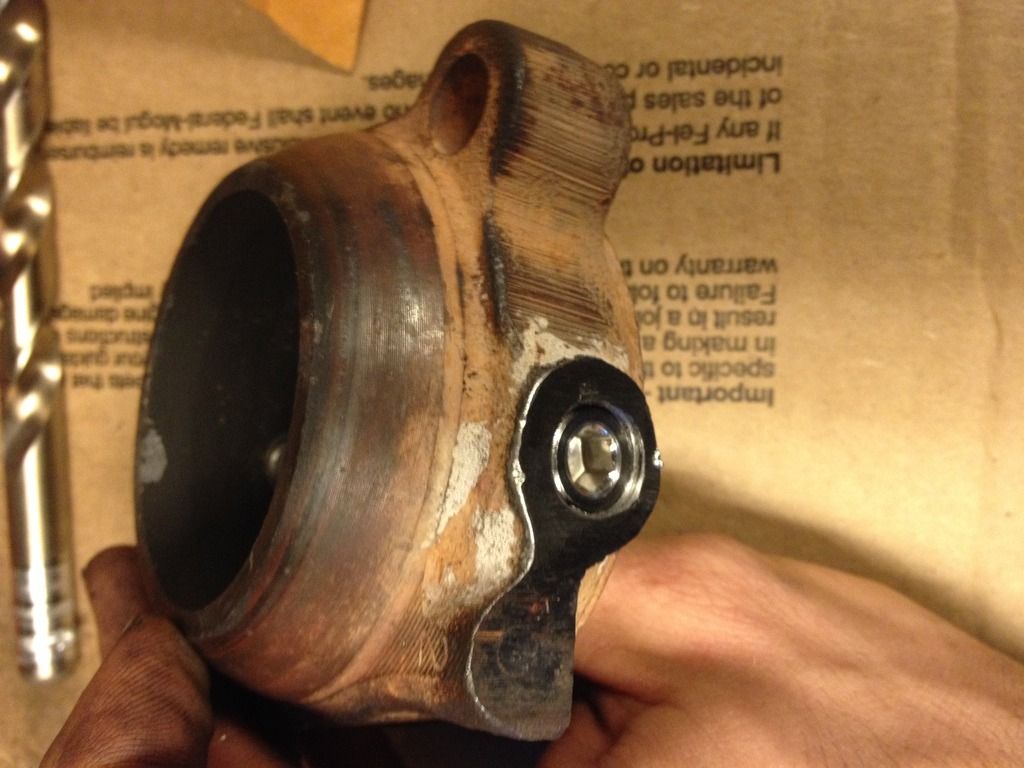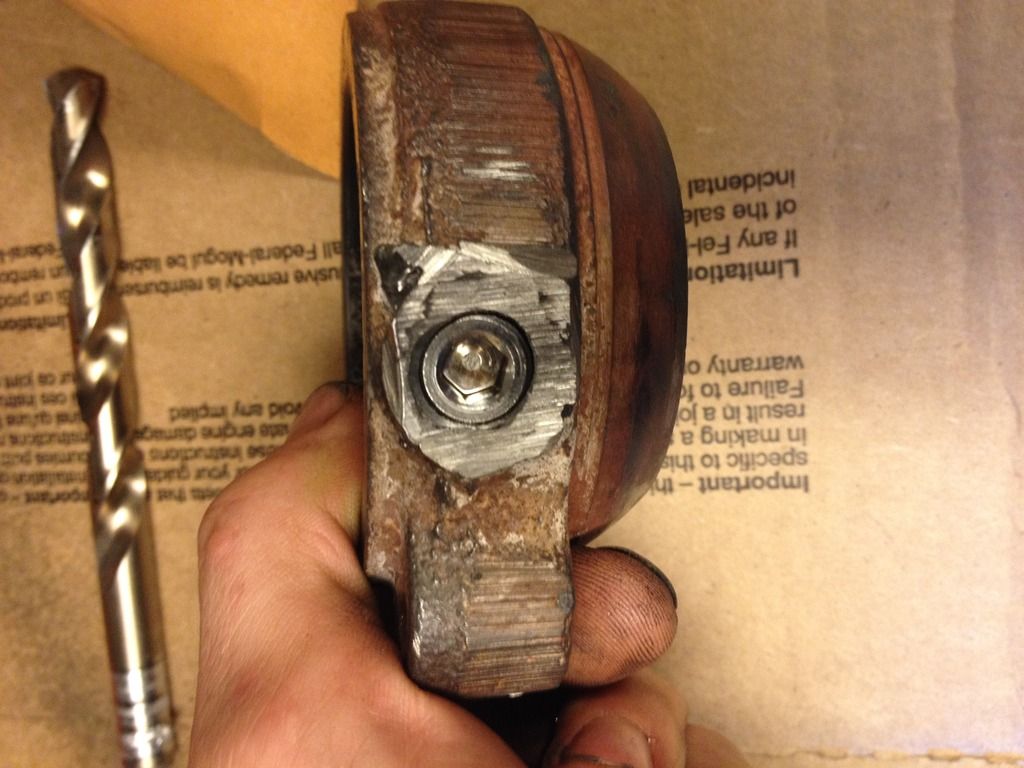After 17 years of storage I've finally decided to do the restore on my 68 Wag.
I pulled the Buick 350 today and when I disconnected the exhaust pipe from the passenger side exhaust manifold this little POS was sandwiched between the two. It's frozen shut so I've had almost half blockage on that side of the engine for who knows how long. What the heck is it?
I pulled the Buick 350 today and when I disconnected the exhaust pipe from the passenger side exhaust manifold this little POS was sandwiched between the two. It's frozen shut so I've had almost half blockage on that side of the engine for who knows how long. What the heck is it?











Comment